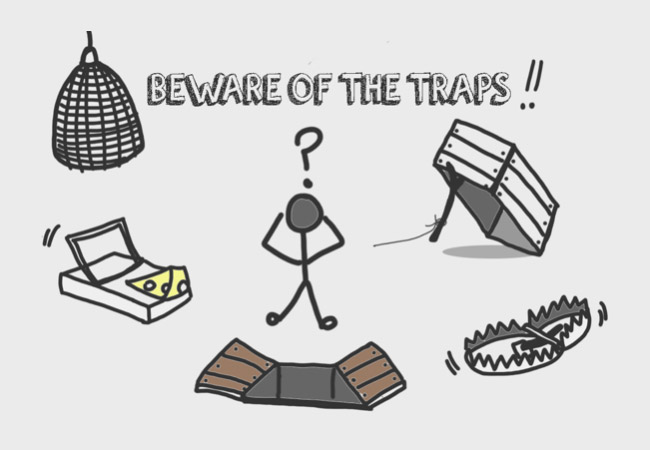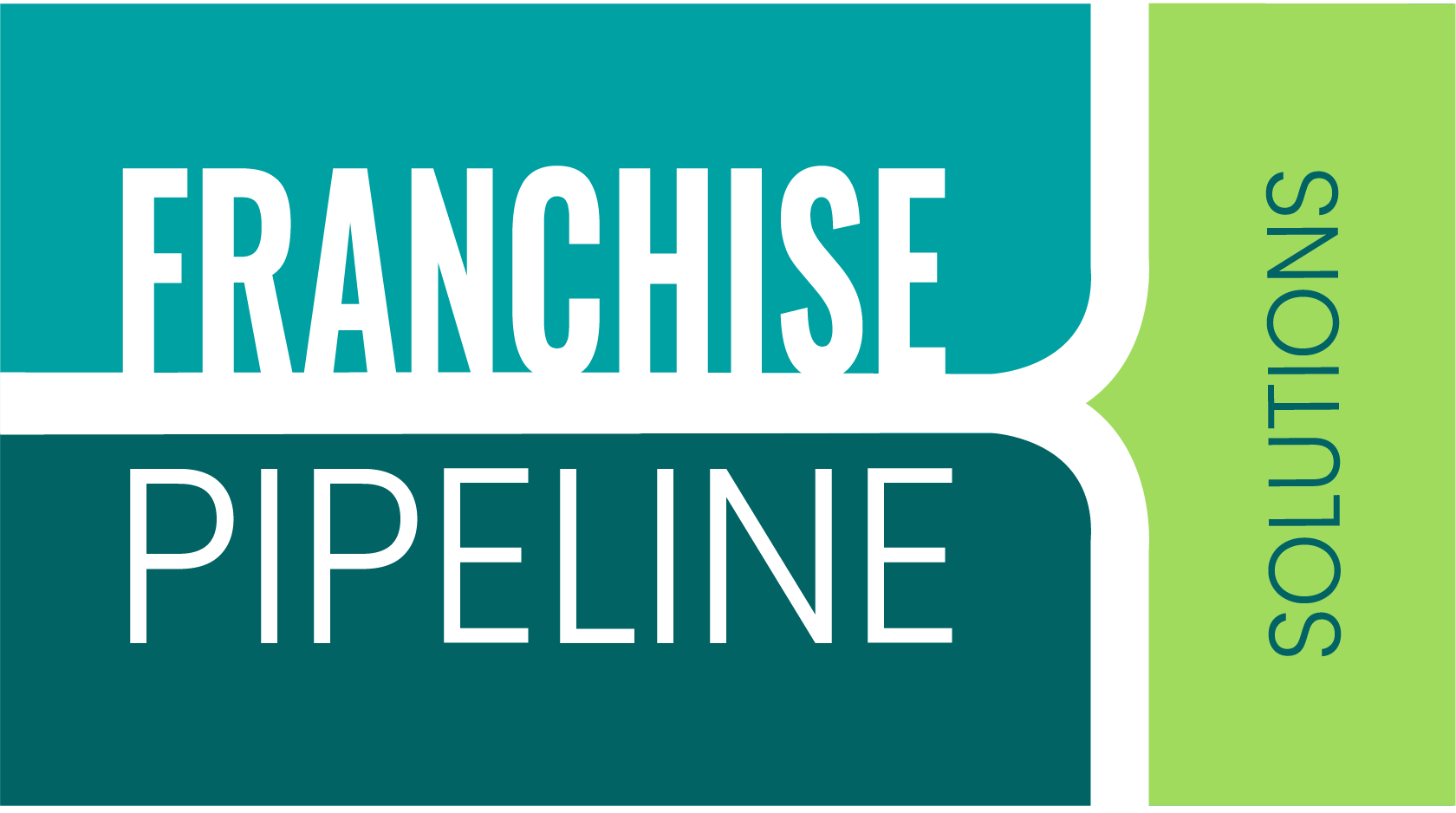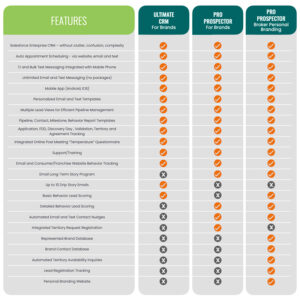Resources
5 Traps that Slow Growth
Avoid these common franchisee recruitment traps
Five Franchisee Recruitment Traps That Stall Unit Growth for New, Growing or Emerging Brands
Trap 1: Fire Your Recruiter
 The #1 trap is often the least true. But it’s the easiest for a brand to feel good about; it’s quick, decisive but often the wrong choice.
The #1 trap is often the least true. But it’s the easiest for a brand to feel good about; it’s quick, decisive but often the wrong choice.
Can there be that many bad recruiters in franchising? Not likely. If slow growth is your problem, our experience says look at your franchisee recruitment process first. Just ask your recruiter. If they’re candid, they’ll tell you what’s flawed.
Hiring a new recruiter to “improve” results is surrender. A new recruiter simply rinses and repeats your already flawed recruitment process. A new recruiter has to “get up to speed” so your growth goals are further deferred. And if the hire doesn’t work out, you’re back to square one.
Focus on improving your franchisee recruitment process first; not the recruiter
Carefully examine the underlying assumptions for your sales goals and franchisee recruitment process. Good recruiters can’t meet bad goals or execute a flawed process. Setting realistic goals requires history, metrics, tracking and accountability, but most of all patience for a new, growing or emerging brand.
Don’t use some industry ratio to set your goals. Ratios make for great spreadsheets, but when not based on your specific franchise or segment data, the underlying assumptions are often wrong. Plus, if your segment has many similar brands, the challenges are greatly magnified. Slow, sometimes no growth, is the price paid by many brands for poor analysis and goal setting.
If your franchisee recruitment is going sideways, look first to improve your recruitment and goal-setting processes. Otherwise, more recruiters, budgets, departments, reputations and perhaps your franchise itself will take a hit.
Fix your franchisee recruitment methodology first; not the recruiter
Carefully examine the assumptions underlying your franchisee recruitment goal-setting. Good recruiters can’t meet bad goals or execute a flawed methodology. Good goals require metrics, tracking and accountability.
Goal setting based on so-called industry ratios or “that’s what [insert company here] is doing” can easily send you down a black hole. The most common industry myth about ratios is something like…”if we have 100 leads a month (from brokers or our website or portals) we should sign one new agreement a month.” Rarely are these mythical ratios supported by the franchise brand’s history and internal data. But it’s a myth, so we run with it.
Ratios make for great spreadsheets. When not based on your specific franchise data, the underlying assumptions are often wrong. Slow, sometimes no growth is the price paid by many franchise brands.
So if your goal setting isn’t rooted in your brand’s real experience, your recruiter (new or veteran) bears the burden of trying to achieve often unrealistic goals. You end up with one frustrated person trying to do a good job against the wrong set of goals.
If things are going sideways, look first to improve your recruitment and goal-setting methodology. Otherwise, more careers, budgets, departments, reputations and your franchise brand will all take a hit.
Trap 2: Let's Just Get More Leads
 Failure to understand this trap leads to a deeper hole in your lead generation budget.
Failure to understand this trap leads to a deeper hole in your lead generation budget.
When goals are in jeopardy the call to “get more leads” goes out. More money is poured into Facebook, Google PPC, online display, franchise portals, satellite radio, webinars, magic prospect lists or any semi-rational idea that can get funded. Management wants to believe working more leads will help them regain control over the pipeline.
But take a pause. Recruiters already spend around 43% of work time chasing leads to get a conversation. That chews up a big chunk of time week after week, month after month. So ask yourself: is your goal to have more conversations or to have more conversations with more of the right people. We’d argue the latter is the way to build out your franchisee recruitment staffing.
Ask your lead gen agency: how do leads from different channels convert into your pipeline? If they can’t answer get yourself another lead gen agency. Consider this oversimplification…if you can spend 100% of your budget on Facebook and meet your growth goals, why spend a nickel elsewhere? But if you and the people you work with can’t answer that simple question, you’ve got a qualitative problem you need to fix, and fix fast.
So getting more leads is like a sugar high. Big burst of energy followed by a crash. Know where and why you’re spending money and put more of it into the lead gen channels that produce quality outcomes for your recruiter. Once you know those answers, pour on the gas.
Trap 3: Your Pipeline Looks Great!
 The illusion of a false pipeline hurts reliable and predictable brand growth. It’s like getting a false positive on a critical medical test. Nothing good comes of it. So how come we see lots of leads (interested) enter the top of a recruitment pipeline, yet see the same dismal number of signed deals at the bottom?
The illusion of a false pipeline hurts reliable and predictable brand growth. It’s like getting a false positive on a critical medical test. Nothing good comes of it. So how come we see lots of leads (interested) enter the top of a recruitment pipeline, yet see the same dismal number of signed deals at the bottom?
When a pipeline gets stuffed with weak prospects, it paints a false picture that leads directly into this trap. You’ll hear an endless number of rationales for why people are in the pipeline: “The pipeline looks robust.” “We’ll weed out the bad leads later.” “The cream will rise.” “Interested leads will get our time and attention.” “This lead feels right.” “Let’s keep this one in the pipeline just in case.”
When you look at reports, you’ll see waterfall after waterfall, especially if at the first 1-2 steps of your process. But if too many of the wrong people enter your top of your pipeline, you’ll end up spending time with people who never should have been there in the first place.
Working smarter to find fewer serious leads gets more deals done instead of weeding out a bunch of people who never should have been advanced in the first place.
Trap 4: Work More Hours; Talk to More Leads
 Similar to Trap #2, recruiters only speak with roughly 30% of the leads already coming in. Dialing more often won’t improve the connection rate and will suck valuable time away from more productive activities.
Similar to Trap #2, recruiters only speak with roughly 30% of the leads already coming in. Dialing more often won’t improve the connection rate and will suck valuable time away from more productive activities.
Calling more leads, hoping for more conversations means you’re rolling the dice that those you speak with will be serious leads. That rarely turns out to be the case. More does not equal serious. But serious people are buried among those leads. The challenge: how to flush them out.
To avoid this trap, examine your storytelling. Is your brand story complete and transparent? Do you hide your story behind gated barriers that turn off visitors? Does your story educate and persuade your leads to want to learn more about your brand?
In our experience, a well-crafted franchise concept story, if correctly presented, engages and encourages serious leads to come to you. And don’t forget to add behavioral scoring and demographic modeling to find your best leads.
Trap 5: Oh, Let's Work Our Old Leads Too
 Recruiters don’t ever speak to about 70% of leads. Is it timing? Is it lack of interest? All we know is they filled out a form and then went dark. The challenge: to find the diamonds buried in these piles of dormant “leads”. They’re the ones with renewed interest in your brand.
Recruiters don’t ever speak to about 70% of leads. Is it timing? Is it lack of interest? All we know is they filled out a form and then went dark. The challenge: to find the diamonds buried in these piles of dormant “leads”. They’re the ones with renewed interest in your brand.
If you’re sitting on several thousand leads up to four year old, how do you find them?
We’re often asked: Is it worth staying in touch with uncontacted leads? Of course, the answer is yes. The real question is what kind of communication is most effective in re-activating these older leads?
Of course, often budgets, time and attention to support effective vs cosmetic re-engagement programs gets shortchanged. Any available budget often goes to pay for more new leads or something else with higher perceived short-term potential.
Consequently older leads are rarely re-engaged effectively. Consider this: Can you pull out of a large list, which leads showed no, a little or a lot of interest in your opportunity but didn’t act? If you can’t you need to so you can message them differently.
Here’s what happened over 9-years with a single client: Of all uncontacted leads, 20% re-activated up to 2 years later. Of that group, 10% are serious. Of those, 10% signed agreements. So consider the hidden deals if you’re already sitting on several thousand “already-paid-for” uncontacted leads.

Franchise Pipeline Solutions helps growing franchise brands automatically find serious leads that spur accelerated growth faster than traditional franchisee recruiting techniques.




